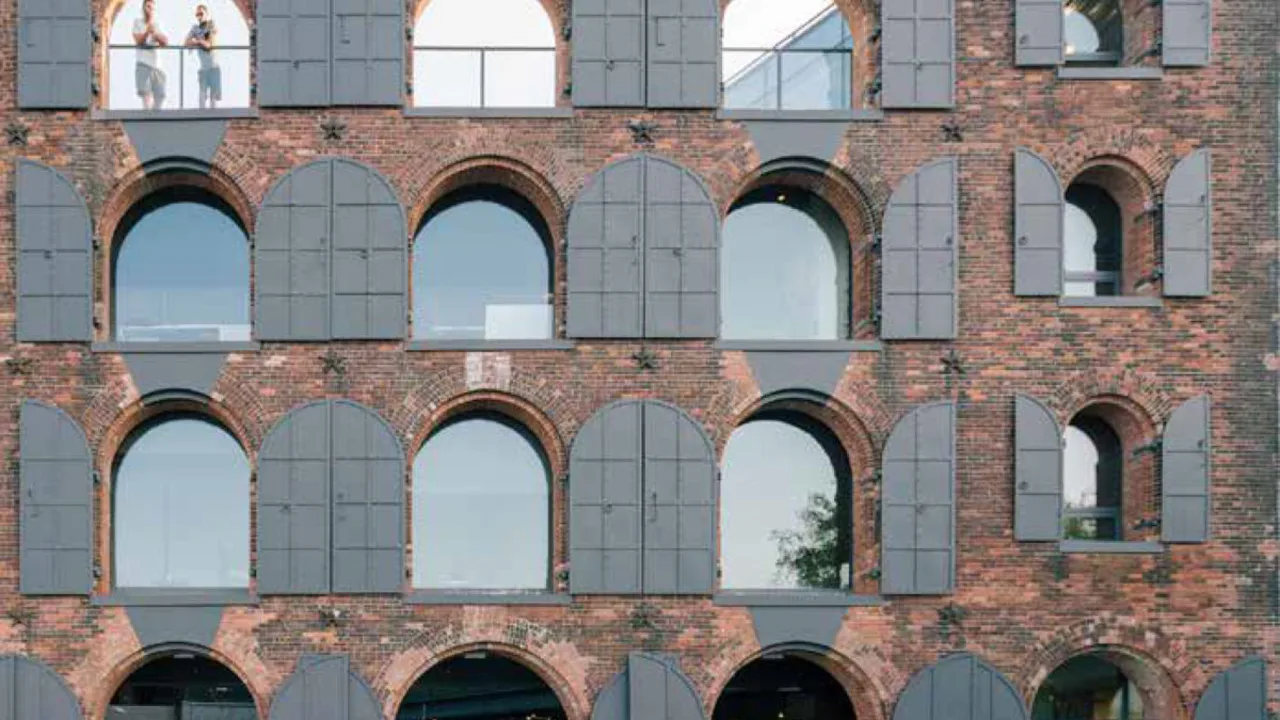Colonial architecture holds a unique place in the history of American homes, offering timeless elegance and diverse styles. This article delves into the essence of colonial architecture, its historical significance, and the challenges and rewards of restoring such properties. Discover practical tips for preserving or renovating your colonial home, along with inspirational stories that highlight the beauty and enduring legacy of this architectural style. Whether you're a homeowner, architect, or history enthusiast, this guide offers valuable insights into celebrating and preserving the classic charm of colonial architecture.
Restoration Tips: Practical Guide to Preserving Historic Buildings
If you own or care for an old building, small choices matter. Start by inspecting structure, roof, moisture, and original details. Photograph everything and make notes. That record makes decisions faster and keeps work honest when you hire help.
Assess and Plan
First, find the real problems: active leaks, rot, failing foundations, and unsafe wiring. Prioritize fixes that stop damage. Next, check for historical protection rules or permits. Many towns require approvals before you touch facades, windows, or roofs.
Match materials before replacing them. Use mortars, paints, and bricks that behave like the originals. Modern cement can trap moisture in old masonry; lime mortar is often the right choice for historic brickwork. Test a small area if you're unsure.
Keep interventions reversible whenever possible. Future conservators should be able to undo changes. Use screws not permanent adhesives for non-structural trim and document every change with photos and dates.
Repair and Maintain
When repairing woodwork, conserve as much original material as you can. Where wood is beyond saving, splice in new pieces that match grain and profile. For window repair, refurbish sash and hardware before thinking about replacement - original windows often outperform cheap new units once restored and weatherstripped.
Fix roofs and gutters first to protect interiors. Proper flashing and good drainage prevent most future repair needs. Clean and test gutters twice a year, and clear vegetation away from walls and foundations.
Use paint and finishes that suit the period but available in modern, breathable formulas. Avoid non-breathable plastic paints on old masonry or wood - the wrong product causes peeling and trapped moisture.
Hire specialists for masonry, historic plaster, or structural problems. Ask for references and examples of past restorations. A good contractor knows how to match mortar color, recreate cornice profiles, and work with old framing without over-replacing material.
Plan a maintenance schedule you can keep. Small annual tasks - checking flashings, touching paint, re-caulking - save big on repairs later. Keep a maintenance log with dates, costs, and contractor notes.
Watch energy upgrades carefully. You can improve comfort without harming historic character: add attic insulation, weatherstrip doors, or fit discreet storm windows. Avoid irreversible changes like removing decorative elements for modern HVAC routes.
Budget for surprises. Old buildings hide rusted fasteners, insect damage, and past repairs done wrong. Set aside at least 15-25% extra on top of estimates for uncovering and fixing hidden issues.
Finally, respect the building's story. Preserve visible details that define its style - columns, cornices, moldings, and window proportions. Those features are what make a restoration valuable to your property and your community.
If you need help finding money or rules, contact your local preservation office. Many places offer tax credits, low-interest loans, or matching grants for historic work. Search local heritage groups for volunteers and vetted contractors. Keep a folder of permits, test results, and material samples - you'll thank yourself during resale or future work. Online forums and specialist suppliers can also point you to hard-to-find hardware and period-accurate materials. Today.

